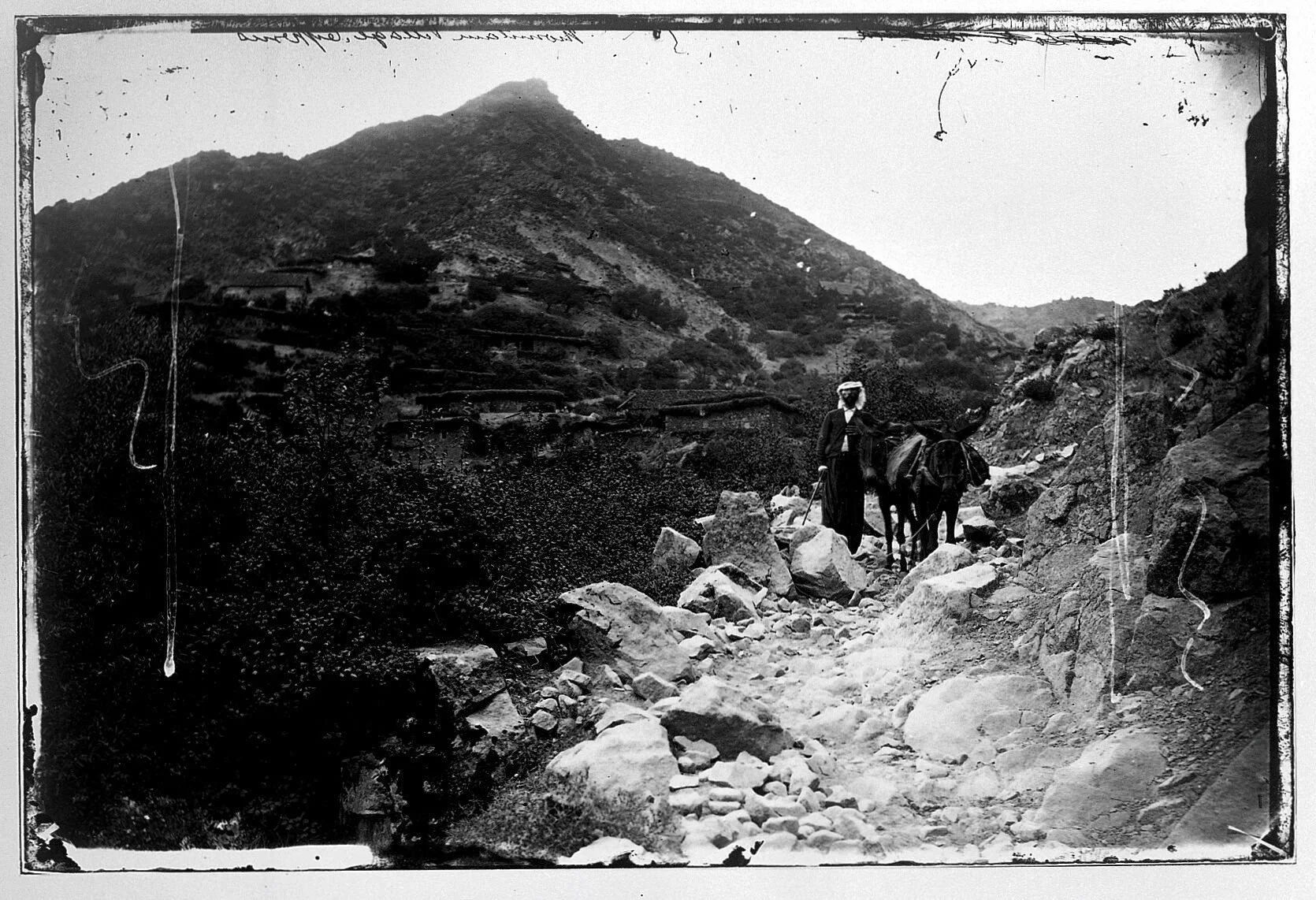Tragic Terminology for Othello
Understanding Othello’s genre is so important for being able analyse the text in detail - as well as looking at this list below, make sure you understand the way ‘Tragedy’ was perceived in the Jacobean era, including what audiences expected to see if they went to watch a tragedy being performed, and also what common themes and concerns tragedies were allowed to explore.
If you need help with Othello, you can also check out our Complete Othello Revision Pack below:
Here’s a list of key tragic terms for Othello:
Tragic Hero
Definition: A protagonist of noble stature with a fatal flaw that leads to downfall.
Example: Othello is a respected general, but his jealousy and trust in Iago lead to his destruction.Hamartia (Fatal Flaw)
Definition: A personal error or flaw that leads to the hero’s downfall.
Example: Othello’s jealousy and insecurity about his outsider status in Venetian society.Hubris
Definition: Excessive pride or self-confidence.
Example: Othello’s belief that he can judge Desdemona’s fidelity without proper evidence shows hubris.Peripeteia (Reversal of Fortune)
Definition: A turning point where the hero’s fortune changes from good to bad.
Example: When Othello decides Desdemona is unfaithful, and resolves to kill her.Anagnorisis (Recognition or Discovery)
Definition: The moment when the tragic hero realises the truth.
Example: Othello’s realisation that Desdemona was innocent and Iago deceived him.Catharsis
Definition: Emotional purging or release felt by the audience.
Example: The audience feels pity and fear as Othello kills Desdemona and then himself.Nemesis
Definition: Inescapable fate or retribution.
Example: Othello’s death is a form of self-inflicted justice for his irreversible mistake.Pathos
Definition: Appeal to the emotions, especially pity.
Example: Desdemona’s pleas for her life and her tragic innocence evoke pathos.Foil
Definition: A character who contrasts with the protagonist to highlight their traits.
Example: Cassio serves as a foil to Othello — he is rational and controlled, in contrast to Othello’s emotional impulsiveness.
You might be interested: How Tragedy works in ‘Othello’
Thanks for reading!
Need more help? Our Complete Othello Course includes the following:
A full breakdown of all characters
Genre, Drama, Form, Structure + Language Analysis
Key Quotes + Analysis
A full summary of all the acts and scenes
Themes, Context + Attitudes
Example Questions, Student Essays, Examiner Feedback + Mark Scheme breakdowns
+ more!

